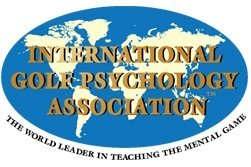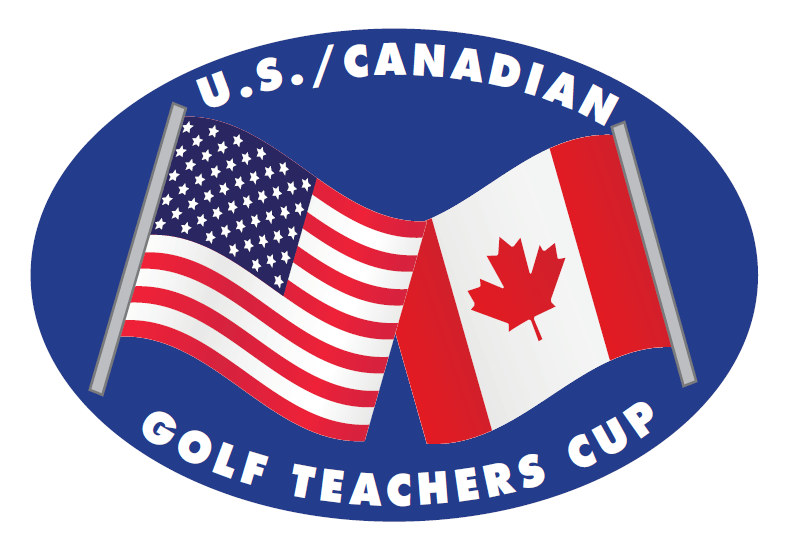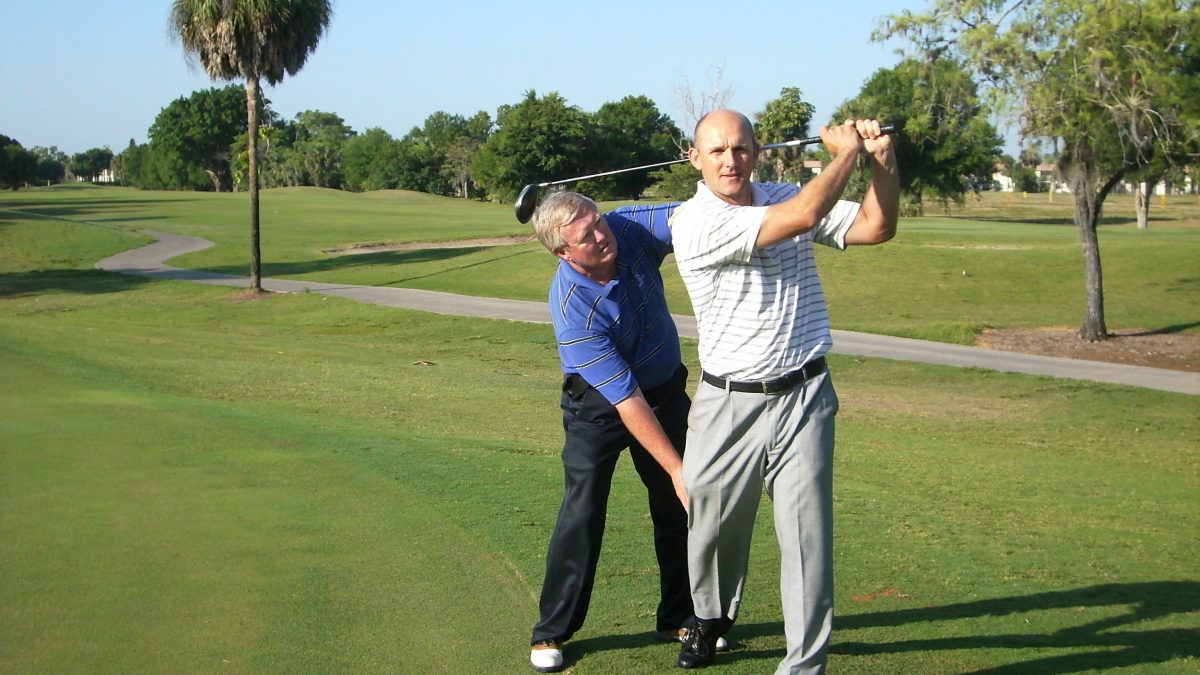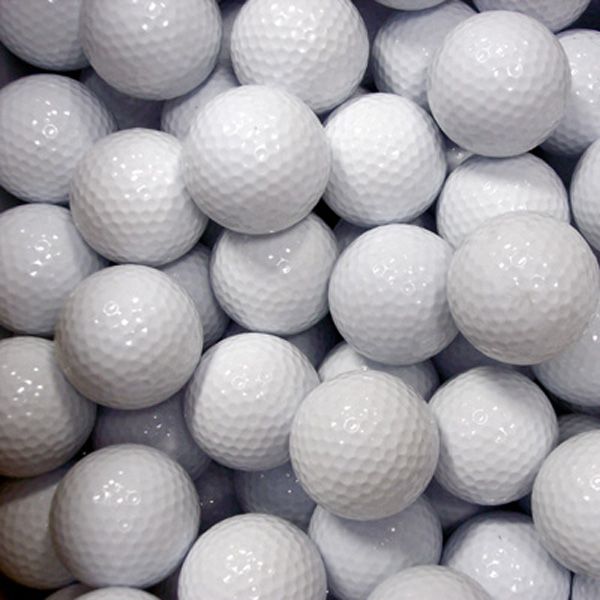Blog
USGTF Regional and National Tournament Action
Player Amateur Tour in Full Swing
Ontal Offers Partner Opportunity for USGTF Members
“PRO” File – Touring Professional Luke List
Teachers Need To Avoid The Perfection Syndrome
In our scientific age where we can measure to the tenth of a degree a golfer’s swing path and clubface angle, it can be addicting to try to reach perfection or near-perfection in results or technique. When you hear gurus on TV break down a top professional’s swing, they often point to most minute details to explain why said golfer is either succeeding or failing.
This attention to detail, while on the surface plausible, can actually be detrimental to a golfer, regardless of skill level. One of the truisms of a golf swing is that it is more important to have a repeating swing than a perfect swing. And some of the repeating swings that our students make can often be quite bewildering, but they indeed repeat.
Perhaps the most unconventional swing I’ve ever seen from a low-handicapper went like this: The golfer shoved the club dramatically away from him, perpendicular to the target line. He then somehow got to the top of his backswing, and coming down after impact, he chicken-winged the club so badly that the butt end of the grip hit him in the stomach. When I first saw this, I thought he was making a joke swing, but he was not.
It takes some skill and experience to recognize when a move is repeatable and when it’s not. When there is a question, always refer back to the five ball flight laws of clubhead path, clubface angle, angle of attack, squareness of the strike and clubhead speed. If a quirky move doesn’t affect the consistency of one of these factors, then it’s a repeatable move. As the old saying goes, if it ain’t broke, don’t fix it.
Teaching English-Language Learners
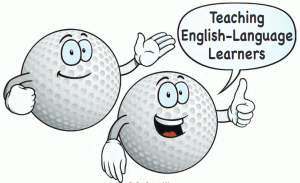
It’s been a rough year for Puerto Rico. Two major hurricanes this summer – first Irma in early September, then Maria a few weeks later – devastated the people and infrastructure of the 50-mile wide U.S. commonwealth. Progress to restore the island’s electrical grid has been slow. Six weeks after the storms, as much as 95 percent of Puerto Rico’s 3.5 million residents remained without electricity.
With fears that the recovery will stretch into months and even years, many Puerto Ricans have decided to leave the island. Every day, dozens of airplanes leave San Juan filled with Puerto Ricans who may never return. More than 80 percent of those airplanes are headed to Florida, where the governor has declared a state of emergency in order to free up money to help those fleeing the island to relocate.
More than 100,000 Puerto Ricans have already moved to the mainland. As a golf coach and instructor living and working in Florida, I consider it important how best to serve this large population of new potential clients. Only 20 percent of Puerto Ricans speak English fluently. For me, it’s been fairly commonplace to conduct a group lesson or summer camp session where one or more students are English-language learners (ELL). Using the following strategies can help make the experience a mutual learning opportunity:
Use non-verbal cues
Although you might not speak the same language as your student, there are some fairly universal non-verbal cues that you can use to communicate. Hand gestures, proximity and the tone of your voice can convey a great deal of information. Using images or drawings might also be useful when trying to deliver instruction. I use a laminated Rolodex-style pocket-sized photo guide, and I have found this to be immensely helpful.
Rate of speech and wait time
ELL students in the process of learning English have the challenge of listening to what you are saying, and then interpreting as best they can back to their native language. It can be difficult to listen and process at the same time. It is often useful, as he instructor in this situation, to be aware of how quickly you are speaking. It isn’t necessary to slow down to a snail’s pace – this could be perceived as condescending – but being aware of your rate of speech is important. Additionally, you will want to provide a beat or two more of wait time between questions and responses to allow your students to go through their process.
Model exercises and drills
This should be a pretty simple one for golf instruction. A good golf teacher should already model a new skill or drill so their students can see how it should be done correctly. In modeling a drill or exercise with ELLs, be sure not to simply stand and lecture. A lengthy verbal explanation is likely to not be well understood. Conversely, break up the drills into smaller steps with short explanations to allow your student to keep pace.
Check for understanding
In a lesson where there is no language barrier, checking for understanding is already an important teaching skill, but it becomes vital with ELL students. It’s an excellent idea to implement a non-verbal cue system to check for understanding. For example, implement a thumbs-up, thumbs-down arrangement or some other method. Remember that head nods tend not to work well, since many ELLs, when asked, “Do you understand?”, will nod their heads “yes” as a way of being polite.
Develop your own golf/Spanish vocabulary
You may not have the time or predilection to learn an entire language, but perhaps you could make the time to learn at least the vocabulary that pertains to golf. In Spanish, the word “golf” itself is already a cognate (meaning it is the same in English and Spanish), so that one’s easy! El palo de golf, la pelota de golf and el campo de golf shouldn’t be too hard to memorize (golf club, ball and course, respectively). Having your own arsenal of golf terms can help you form the basis of communication with your student, and they will appreciate the effort.
Navigating The Golf Ball Product Maze
One thing the world will never run out of is golf balls. Wandering the aisles of the PGA show, I found no less than a dozen ball manufacturers. I guess it’s nice to make a product that often gets lost with one swing of the crooked stick. I’m all for competition, but what I find most interesting is how each company makes several kinds of orbs in their repertoire. There are soft balls, spin balls, high flight, low flight, weight-balanced or multi-layered. It is enough to make your head explode. Most golfers I know couldn’t care less. What matters most to the average player is price, because they aren’t good enough to feel a difference from one ball to the next. Unless it’s a Christmas gift, they’re not going to shell out $60 for a dozen tour-something that won’t make a bit of difference in their game.
I have been playing for 58 years at a pretty high level, and to be honest, it is getting to the point where I have difficulty noting a difference from one brand to another. One of my students gave me a ball he purchased from an internet distributor; it felt just like that #1 ball in golf to me at a third of the cost. Heck, I’m not proud, I bought a dozen for myself. What a country! So many choices. Makes you wonder why anyone would scrounge around the water-ball bin when you can pick up a new dozen for the same price.
Capitalism, isn’t it grand? No matter what, there is something for everyone. No matter how many golf balls must drown, there’s another coming down the never-ending assembly line.
25 Degree Golf
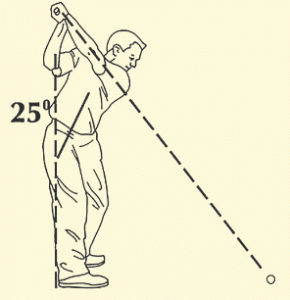 One swing required with 25 Degree Golf!
One swing required with 25 Degree Golf!
Have you ever asked yourself why golf irons are made the way they are? Why are lofted wedges shorter than the lower-lofted long irons?
What if I told you that your traditional sets of irons are wrong and that there is a much better way to play golf? Would it perk your interest? If yes, then you are going to find this article very interesting.
Here’s my background, in case readers don’t know me: My name is Arlen Bento Jr., and I am an award-winning golf coach and WGTF Top 100 Teacher. I have been contributing articles to the USGTF for nearly 20 years and I own and operate a golf instruction and internet marketing empire in Stuart, Florida. (Well, it’s not really an empire.) I am the former head golf professional at PGA Country Club in PGA Village, Florida, and I have multiple national awards in the golf industry.
About a year ago, I was introduced to an idea that I had actually used when I first started playing golf as a professional – single-length irons! The concept of single-length irons, one ball position and one swing plane made a lot of sense to me. At the time, I played a set of Tommy Armour EQL irons and loved them. I was playing good golf and started to take them to my events, and got ridiculed by my contemporaries. They made fun of me and said my game was no good and that is why I needed single-length irons; it was cheating because no one else had a set made that way. Alas, I was young and succumbed to peer pressure, and went back to a set of forged blades like I was supposed to play. I can’t believe I did that as I don’t consider myself a follower, but I did.
Fast forward to 2016. Bryson DeChambeau explodes on the golf scene playing – guess what – single-length irons. Now, before you start jumping ahead, thinking that this article is just about single-length irons, stop. That is not what this article is about; well, not entirely. It’s more about how I got the idea that I am going to share with you.
My idea is called 25 Degree Golf!
I was involved in a project and was working on a concept designed to stand up golfers in the setup position. The idea was simple: Why bend over and put your body into a completely non-athletic position? Nobody walks around in comfort bent over 45 degrees, like many people are in the golf swing.
So many professional and avid golfers are suffering from aching backs and injuries that can be attributed, in many cases, to lower-back stress because of the golf stance and the swing that it creates. The problem is that it was impossible to get students and players into a more athletic and upright spine-angle position with traditional golf irons, because their irons were just too short.
Your irons are too short!
So I asked myself, why? With a traditional set, all iron heads have different weights designed to work with different-length shafts. Lofted irons have heavy heads to make up for shorter shafts; less-lofted irons have less head weight to make up for longer shafts, and that is just how they are done.
I started introducing some of my students – the ones that had been losing distance, not making solid contact, no accuracy, and most of all, sore backs – to longer single-length irons.
All I did was make their lofted irons the same length as their 4-iron, and pow! Lightening in a bottle! More distance, solid contact, more accuracy, less back pain and better golf.
I had students take out trial clubs and come back raving about 180-yard 6-irons and being able to reach par-3 holes with a 9-iron for the first time in 20 years. What really got my attention was all the students that I put into these single-length longer irons came back to see me with an incredible result: They picked up distance with their driver!
I scratched my head about this for a month. I looked at their swing videos before I made their irons longer, and then after I made their irons longer. It hit me like a ton of bricks.
Their spine angle was staying in the same place! There was very little difference between their spine angle with their irons and their driver, and for that matter, fairway woods. Because their irons were long, they maintained a similar spine angle, thus a similar swing plane, and a new confidence in the irons translated to better swings and more confidence with their drivers. Whoa!
As I looked at the swings, I noticed that each player had a spine angle of 25 degrees. So I named my concept 25 Degree Golf. I knew I was on to something, but I needed better equipment. I knew that making heavy lofted clubs longer was making the club feel and play different. So I picked up the phone and called Cobra Golf. They were on board in five minutes.
Cobra had invested over $40 million in single-length iron technology and Tour superstar Bryson DeChambeau. They were thrilled to work with me, and now we are a partner with the USGTF.
For those of you that are thinking, this can’t work, or the clubs will feel heavy, stop and think: Heavy compared to what?
Can’t work because, why? I have found that motor skills are easy with a more upright spine angle. Concerns about chip shots and delicate shots are put to rest with choking down on the clubs for comfort. If you never played a round of golf with a traditional set of irons, would you even question a single-length set that was made to keep your spine angle in a similar position? The simple answer is no, you would not!
What you will notice when you create a 25 Degree Golf set of irons is much higher ball flight compared to what you were used to with a traditional set. You will see a lot more distance and will experience a sensation of not having to rotate your wrists as much in an attempt to square your clubface at impact.
With all your irons at the same length, your need to create shaft lean and a downward strike are minimal. You will hit the golf ball with effortless power and effective loft, creating high, accurate shots.
Worried about the wind? Just move the ball back in your stance and choke down on the clubs an inch or two and there you go.
Swing mechanics are very simple. All you have to do is make a full turn into the backswing (get your back to the target), which will keep your hands on a flatter plane, and strike the ball like it is sitting on a tee. You really don’t need to get the club up near your head, but it works either way after just a bucket of balls. You will feel the club’s face strike square and true while creating a feeling that the club is staying on your target line a lot longer than your traditional set of irons.
I know this might sound a little crazy, but I have been teaching golf for over 20 years and I remember pros calling Karsten Solheim crazy, Ely Callaway crazy, TaylorMade metal woods crazy, carrying four wedges crazy, big-headed drivers crazy, big-headed putters and hybrids crazy, Surlyn golf balls crazy – you get my drift!
All I know is that I have a lot of players asking for 25 Degree Golf irons. All I know is that people are telling me that 25 Degree Golf has given them back their golf games.
I hope you take the time to give this idea a chance. It might not be for everyone, but for some, it could be a game changer.
Arlen Bento Jr. is an award-winning golf coach, WGTF Top 100 world-recognized golf instructor, USGTF Master Golf Teaching Professional and entrepreneur. He is the former head golf professional of the PGA Country Club at PGA Village, Florida, and the former director of golf at Eagle Marsh Golf Club in Jensen Beach, Florida. Bento has three national golf operation awards in the golf industry, including two Golf Digest Four Star Awards and a Service Ace Award from Golf Shop Operations magazine. He offers golf instruction at his indoor golf studio in Stuart, Florida, and at the Champions Golf Club at Summerfield.
Bento is a proponent of skills-based golf learning, slow-motion golf learning, single-length golf irons and dynamic club fitting. He is the owner and operator of College Golf Pipeline, a college golf recruiting service that helps junior golfers find college golf scholarships, and co-hosts the Golf Talk Florida radio show. He can be reached on his website www.ArlenBentoJr.com, or by email at arlenbentojr@gmail.com. You can also give him a call or send him a text at (772) 485-8030.
Member Benefits
There are many benefits of belonging to the USGTF and WGTF. Just a few of the top benefits that come to my mind are the Golf Teaching Pro magazine, regional tournaments, the U.S. and World Golf Teachers Cups, and personal discounts from club manufacturers. However, my favorite is our member’s forum.
USGTFMembers.com is a wonderful forum for our members to post about many different topics. Whether you are needing an instructor, asking for ideas about a problem with a student, or getting excited about an upcoming USGTF event, the forum has it all.
Having met members from all over the world through our different venues, it is also a great way to keep in touch with members who are far away. This means of reconnecting assists with communication about upcoming events, and builds camaraderie from the beginning. Receiving feedback, in addition to learning about different perspectives, global golf topics and issues, really illustrates the universality of the organization.
All this wonderful forum needs is YOU! The more you take advantage of this tool, the better it will be. It’s an opportunity to get involved within the USGTF. If you want to ask Mark Harman or myself a question about one of our tournaments, you can. If you would like to ask the group about a drill to help a student, you can. If you would like to look to hire some instructors for a camp, you can. The benefits are endless! Log on today and start enjoying one of the best perks of our membership.

